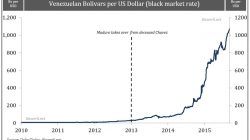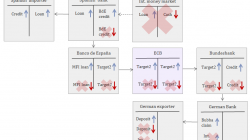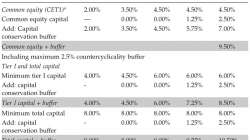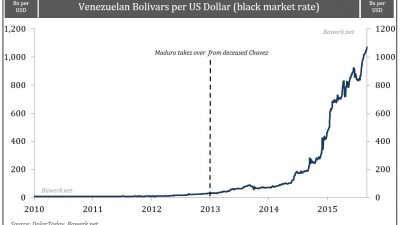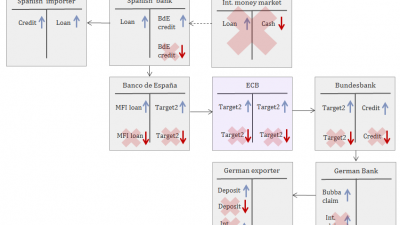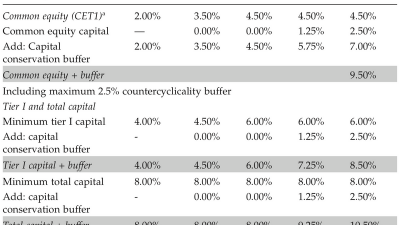Fascism, a term that evokes strong emotions and controversy in political discourse. The road to fascism is paved with various factors and indicators that can be analyzed and understood through data visualization. In this analysis, we will explore the trajectory towards fascism using two charts that reveal alarming trends.
The Rise of Authoritarianism
Authoritarianism, a key characteristic of fascist regimes, is on the rise in many parts of the world. The first chart depicts the erosion of democratic norms and the consolidation of power in the hands of a single leader. This trend is evident in the increasing number of countries where autocrats have come to power through elections or have weakened democratic institutions to maintain control.
The Erosion of Civil Liberties
As authoritarian leaders suppress dissent and curtail freedom of speech, the second chart highlights the erosion of civil liberties in these countries. This erosion is often justified in the name of national security or stability, but it ultimately serves to consolidate power and control in the hands of the ruling elite.
The Cult of Personality
Another striking feature of the rise of fascism is the cult of personality that often surrounds authoritarian leaders. The glorification of the leader as a strongman who can solve all problems and protect the nation from internal and external threats is a common theme in fascist regimes. This cult of personality can be seen in the way that authoritarian leaders are portrayed in state propaganda and the way that their followers idolize and defend them.
The Manipulation of Information
The manipulation of information is another key component of the road to fascism. The spread of propaganda and disinformation is used to sow division and undermine trust in democratic institutions. The first chart shows how the proliferation of fake news and misinformation has been weaponized by authoritarian leaders to shape public opinion and manipulate electoral outcomes.
The Weaponization of Social Media
Social media platforms have become a battleground for the dissemination of propaganda and disinformation. The second chart highlights how authoritarian regimes and their supporters use social media to spread falsehoods and suppress dissent. The online manipulation of information has the potential to sway public opinion, influence elections, and undermine the credibility of traditional media sources.
The Silencing of Dissent
In fascist regimes, dissent is not tolerated, and critics of the regime are often silenced through intimidation, censorship, or violence. The systematic targeting of journalists, activists, and opposition figures is a common tactic used by authoritarian leaders to maintain power and control. The suppression of dissent is designed to create a climate of fear and ensure compliance with the regime’s agenda.
The Weaponization of Nationalism
Nationalism, a potent political force that can be mobilized for both good and ill, has been weaponized by fascist regimes to justify their actions and rally support for their agenda. The first chart demonstrates how authoritarian leaders exploit feelings of national identity and pride to promote an us-versus-them mentality and justify their repressive policies.
The Demonization of “Others”
As part of their nationalist propaganda, fascist regimes often demonize marginalized groups, minorities, and immigrants as threats to the nation and the purity of its identity. The demonization of “others” serves to unite the population against a common enemy and create a sense of solidarity with the ruling regime. This narrative of division and exclusion is a hallmark of fascist ideologies.
The Cultivation of Ultra-Nationalism
Ultra-nationalism, an extreme form of nationalism that prioritizes the interests of the nation above all else, is a central tenet of fascist regimes. The second chart reveals how authoritarian leaders exploit ultra-nationalist sentiment to justify their aggressive foreign policies, militarization of society, and suppression of dissent. The cultivation of ultra-nationalism serves to rally support for the regime and silence any opposition to its actions.
In conclusion, the road to fascism is a complex and multifaceted process that involves the erosion of democratic norms, the manipulation of information, and the weaponization of nationalism. By analyzing these trends through data visualization, we can better understand the warning signs of fascist regimes and work to prevent their rise in our own societies.


